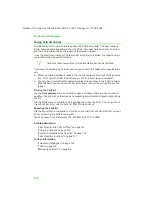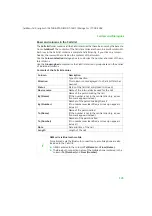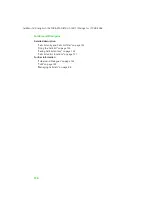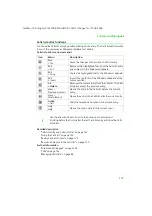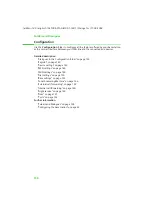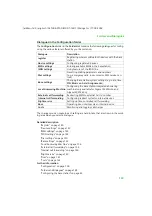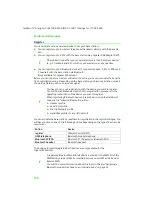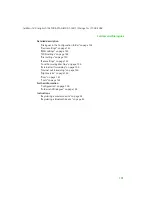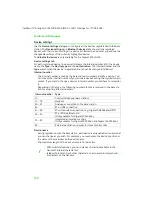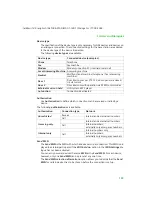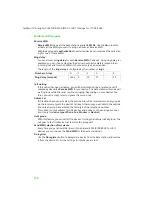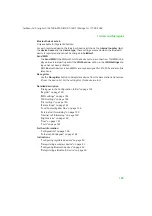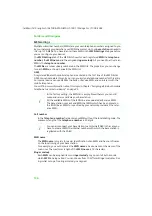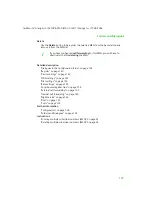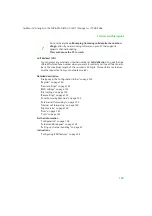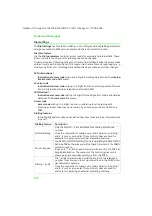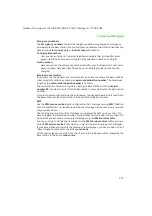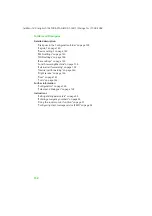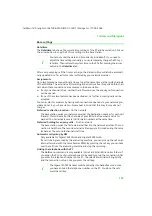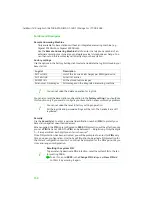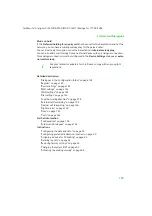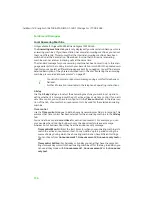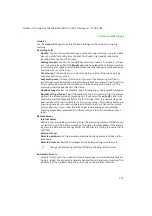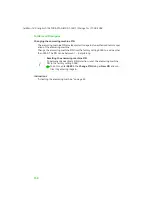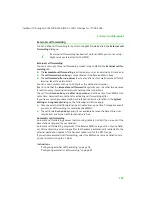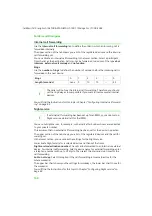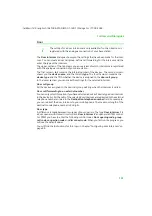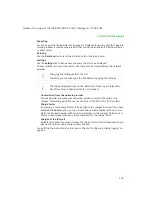
148
Folders and Dialogues
talk&surf V.6 / englisch / A31008-X100-B100-1-76D1 / Dialoge.fm / 17.09.2003
ISDN settings
Use the
ISDN settings
dialogue to define which ISDN features you want to use with your
base station.
Reject all
If you have assigned several devices the same Receive MSN, you should activate the
Reject all
option.
Example:
Three telephones use an MSN as a shared Receive MSN. With an incoming call to this
MSN all three telephones will ring. If you do not want to take the call, you can reject
it on one of the three telephones. Normally the other two telephones will continue
to ring. The call would have to be rejected on them as well.
If
Reject all
has been activated, rejecting the call on one of the telephones will be
enough. The call will then be rejected by the other telephones at the same time.
MSN busy (busy-on-busy)
If this option is activated, only one connection can be set up for each
Receive MSN
.
A second call to the same
Receive MSN
will be rejected by the base station if a call
is already in progress. The caller will hear the busy tone.
Withhold no.
If this option is activated, the
Send MSN
is suppressed for all connected devices. The
person called will not see who is calling. This performance feature must be
requested from the network provider.
Transfer (ECT)
With the
Transfer (ECT)
option you can use the enquiry call function of your ISDN
line for Explicit Call Transfer. This feature is only available if your base station is used
behind a PABX that can hold enquiry call connections.
Once this option has been activated, you can take a second call in the middle of a
first call. This first call is held in your PABX during the enquiry call. You can then con-
nect the two callers via the PABX. This cuts your connection to the two callers.
call bumping (incoming call despite channel bundling)
If you use channel bundling for transferring data, both B-channels of your ISDN line
will be blocked. No more connections can be opened. Callers will hear the busy tone.
Once this option has been activated, an incoming external call will terminate chan-
nel bundling. The bandwidth for data transfer is reduced to one B-channel. The
incoming call is directed via the second B-channel.
After the call is finished, channel bundling is not restored automatically. However,
you can activate the second B-channel manually.
i
You will also be using both B-channels for data transfer if you are surfing
the Internet with two PCs at the same time and open two separate dial-
up connections.
In such cases, one of the two dial-up connections will be cut immediately
if the
call bumping (incoming call despite channel bundling)
option
has been activated.

